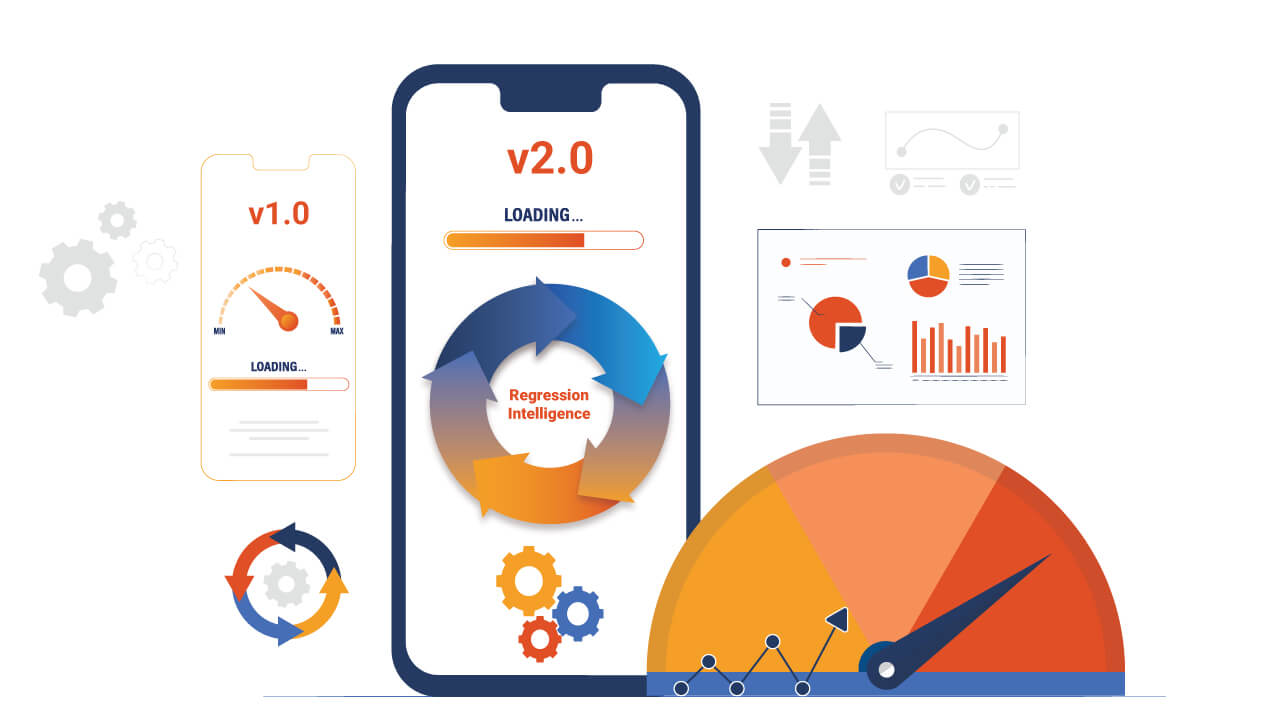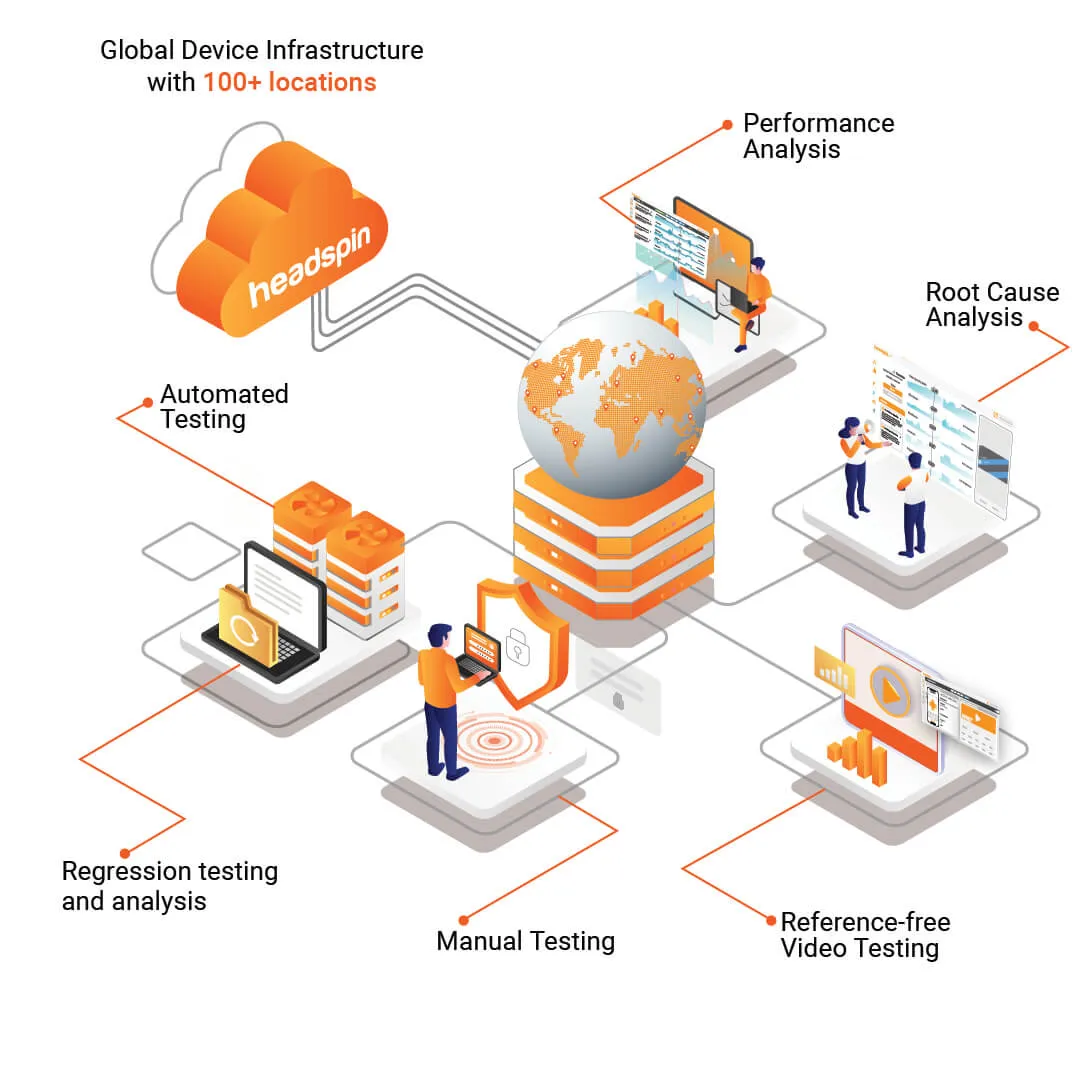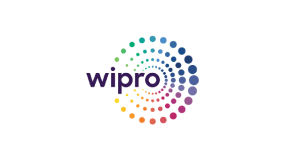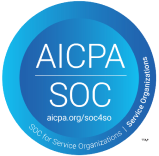Since 2020, HeadSpin has proudly offered diverse online video courses through HeadSpin University. Despite the success and positive feedback surrounding our high-quality test automation learning content, we've decided to wind down this aspect of our business. This strategic move allows us to refocus our teams on building the best possible products for our valued customers.
As of now, HeadSpin University hosts one paid course, namely "Appium and Selenium Fundamentals," alongside several free courses. However, we're making changes to the availability of the paid course. Effective immediately, Appium and Selenium Fundamentals will no longer be available for new purchases. Rest assured, existing course purchases remain valid, allowing current students to continue their learning journey. For those seeking new opportunities, we encourage you to explore the Test Automation with Python series of courses on LinkedIn Learning, offering the same content as HSU, albeit without access to HeadSpin devices and certification. Free courses will remain accessible for registration and learning.
The decommissioning of HeadSpin University is scheduled for April 30, 2024. At this point, all course content will cease to be available, course progress will be irreversibly lost, and any associated device access will be revoked. Current students have until then to complete course videos and submit challenges. Challenge reviews and grading will occur periodically. If you've successfully completed all course challenges, you'll retain access to your HSU certification until April 30, 2024. We recommend logging in now to ensure you have a copy downloaded locally.
Should you have any questions or concerns regarding this announcement, our HeadSpin support team is ready to assist you. We appreciate your understanding and cooperation during this transition.



























.png)


















-1280X720-Final-2.jpg)






